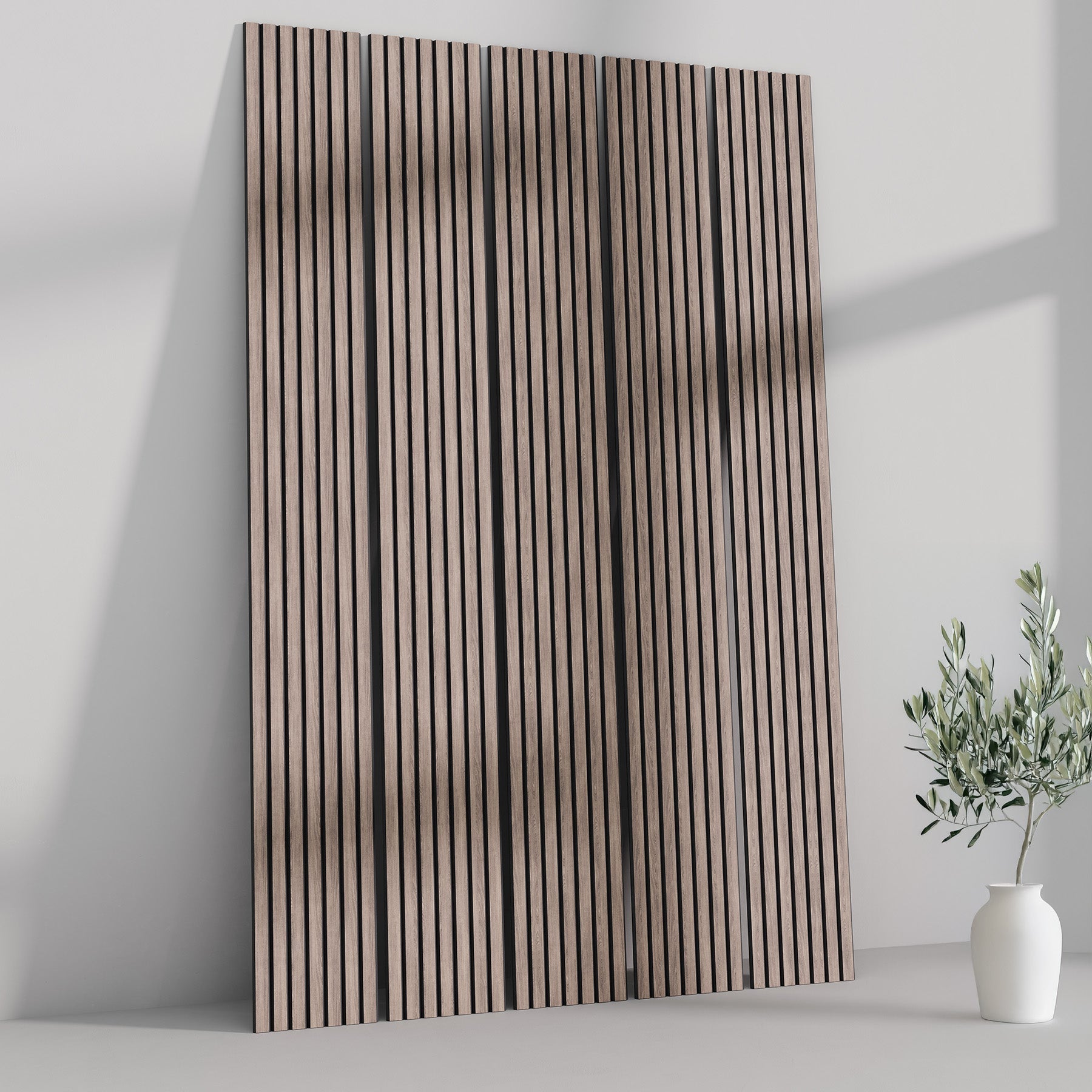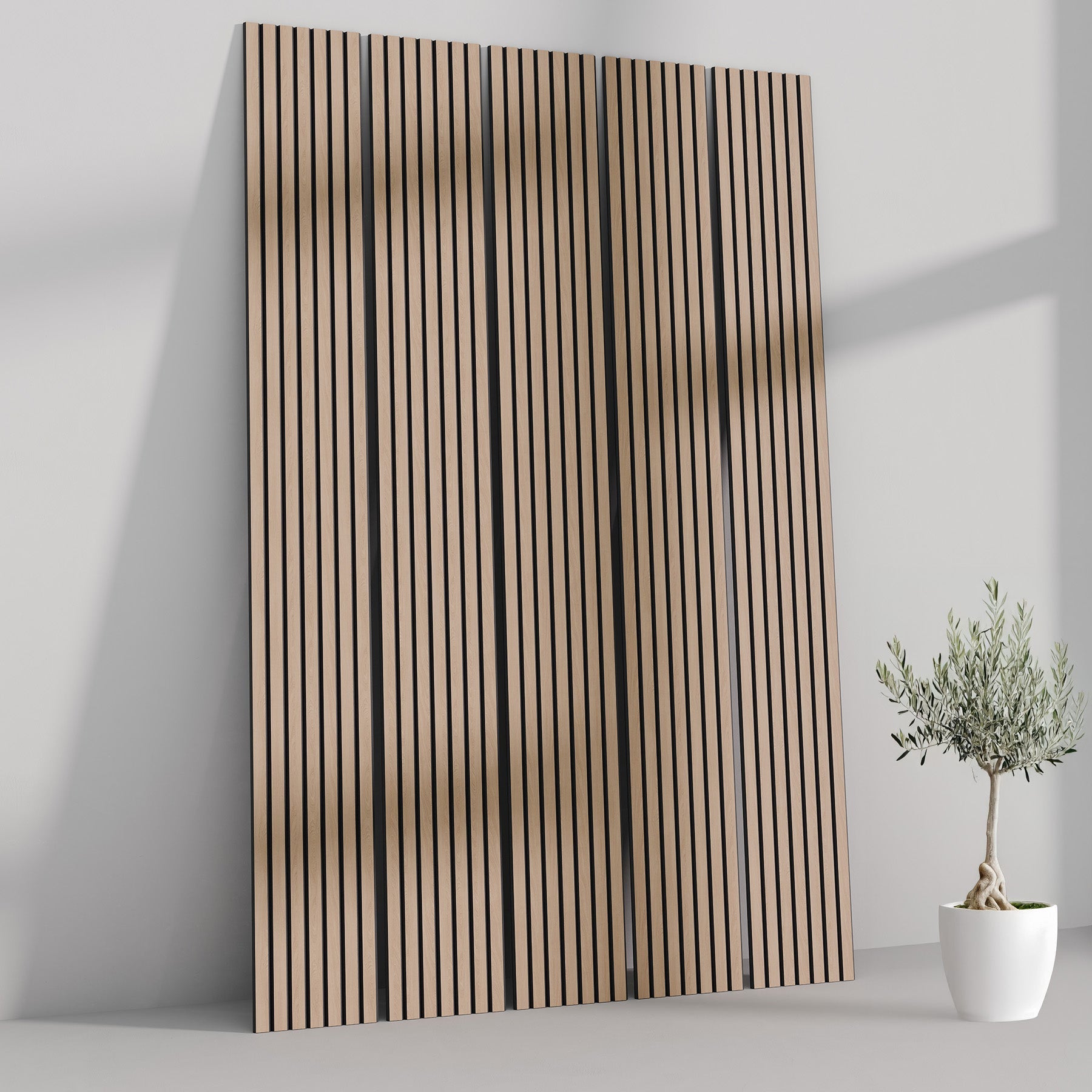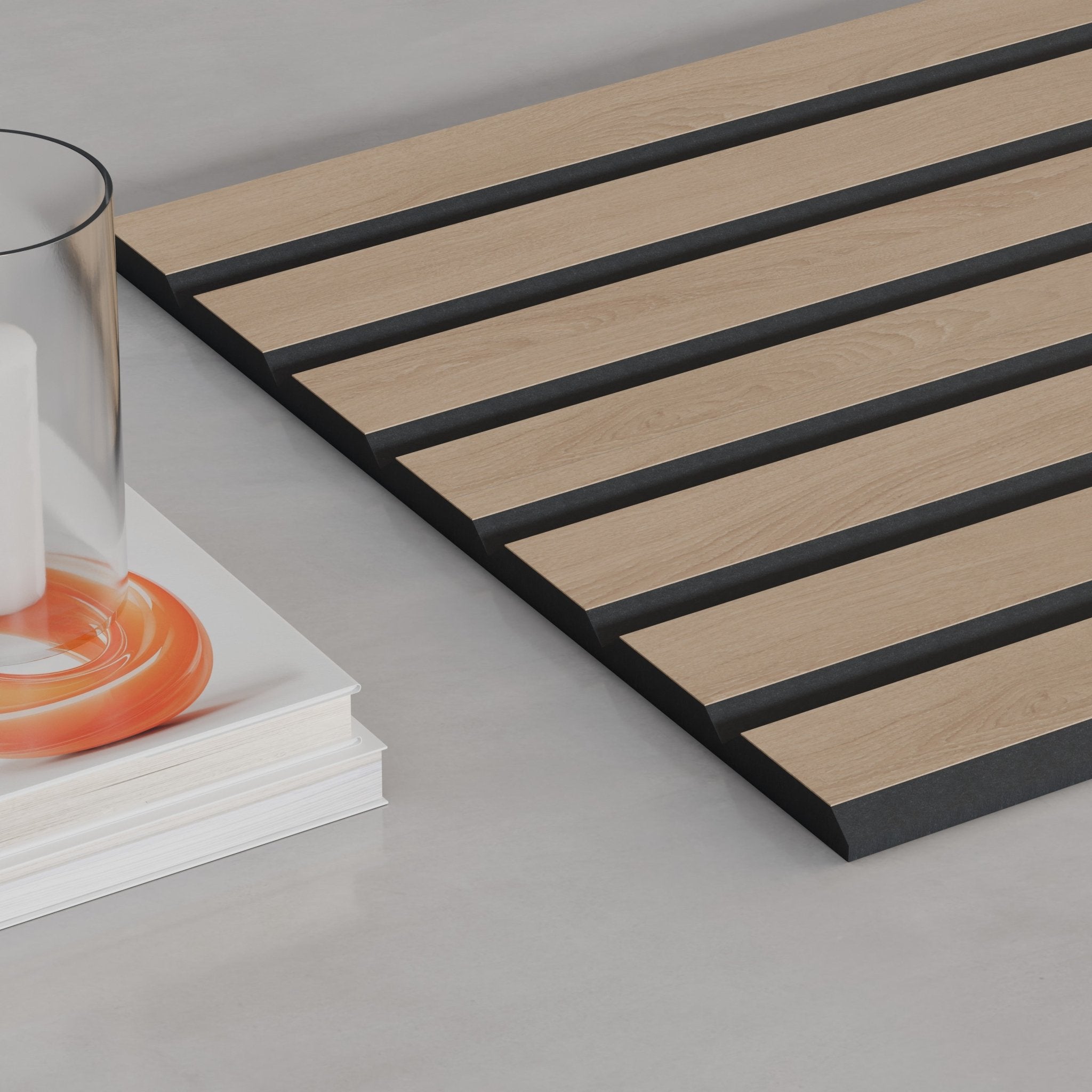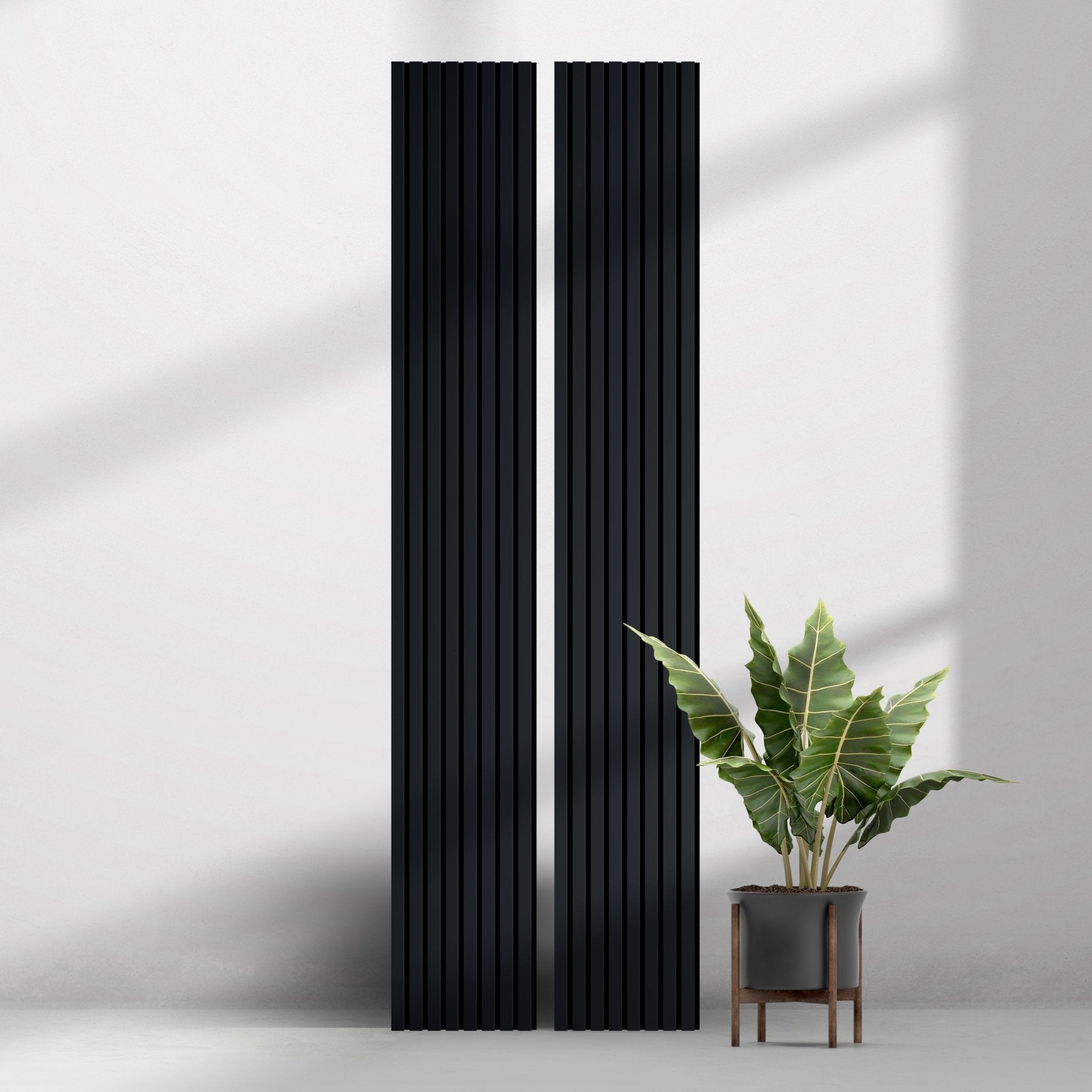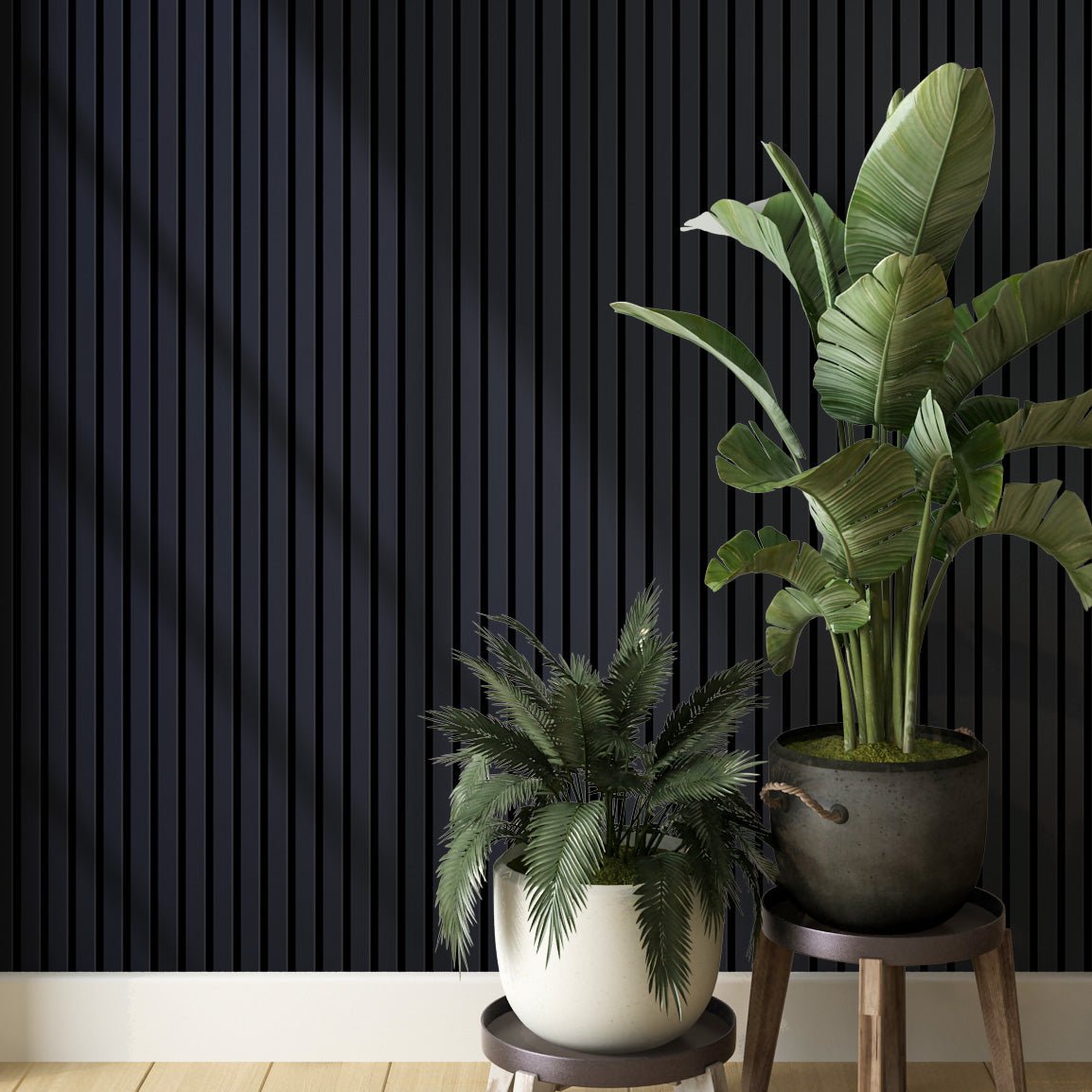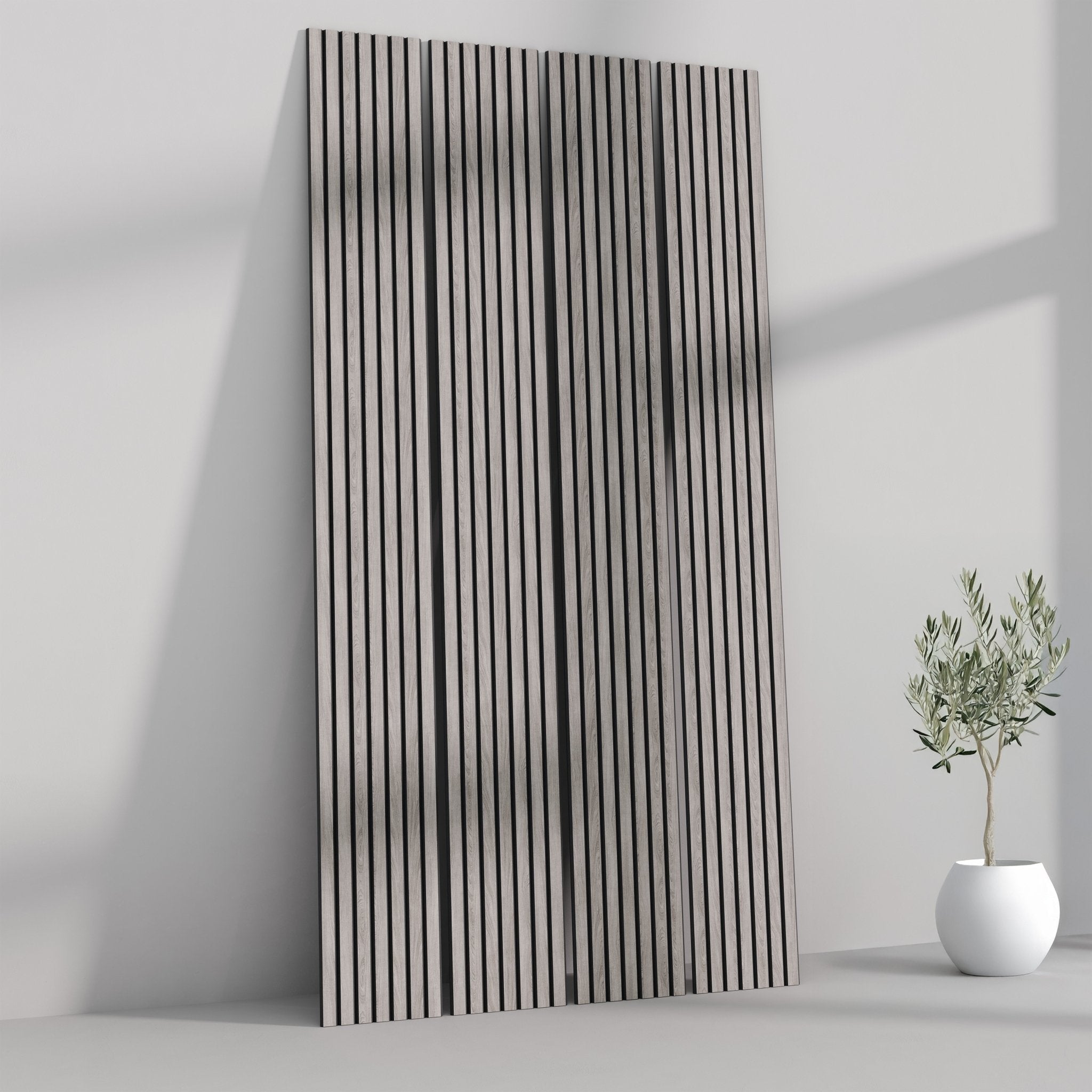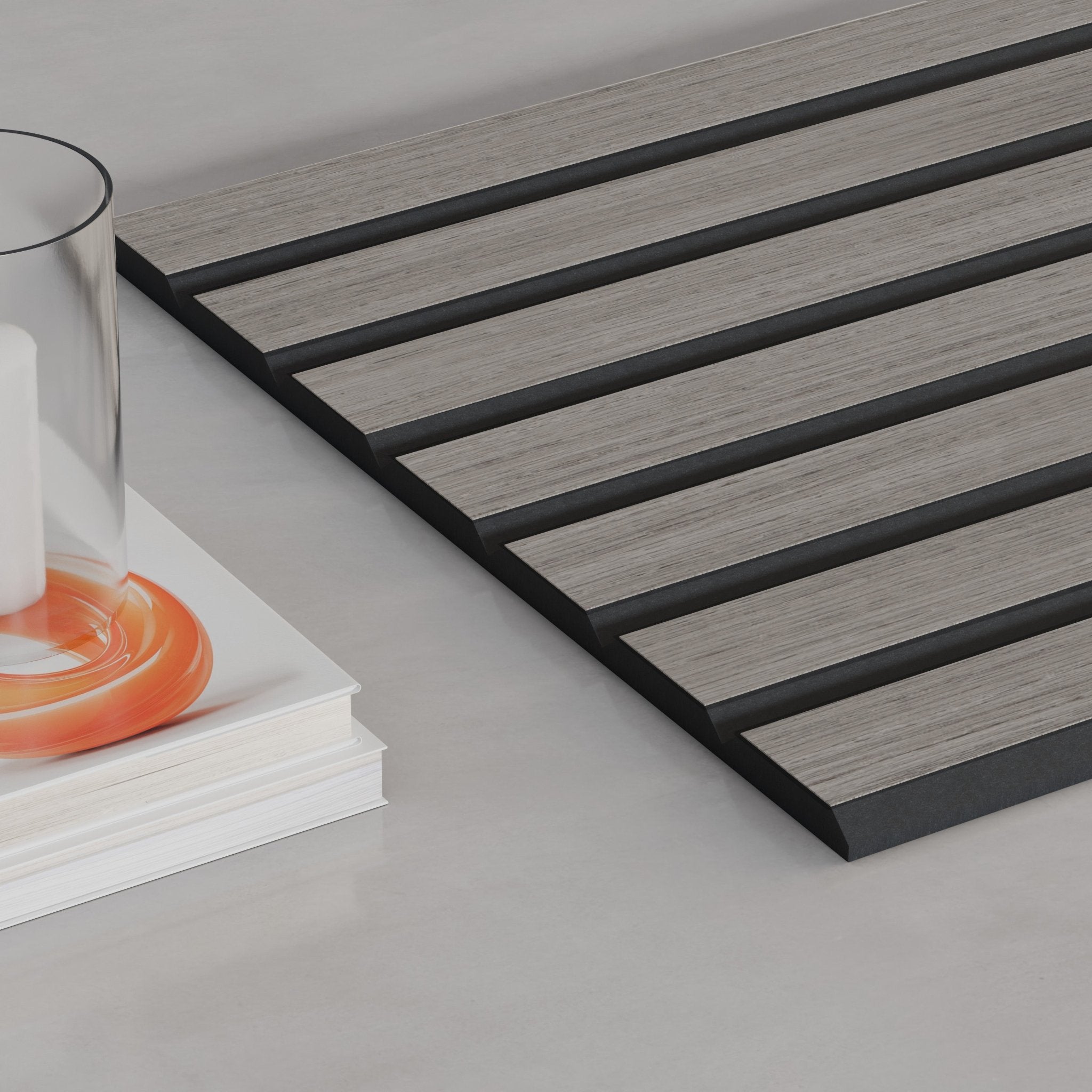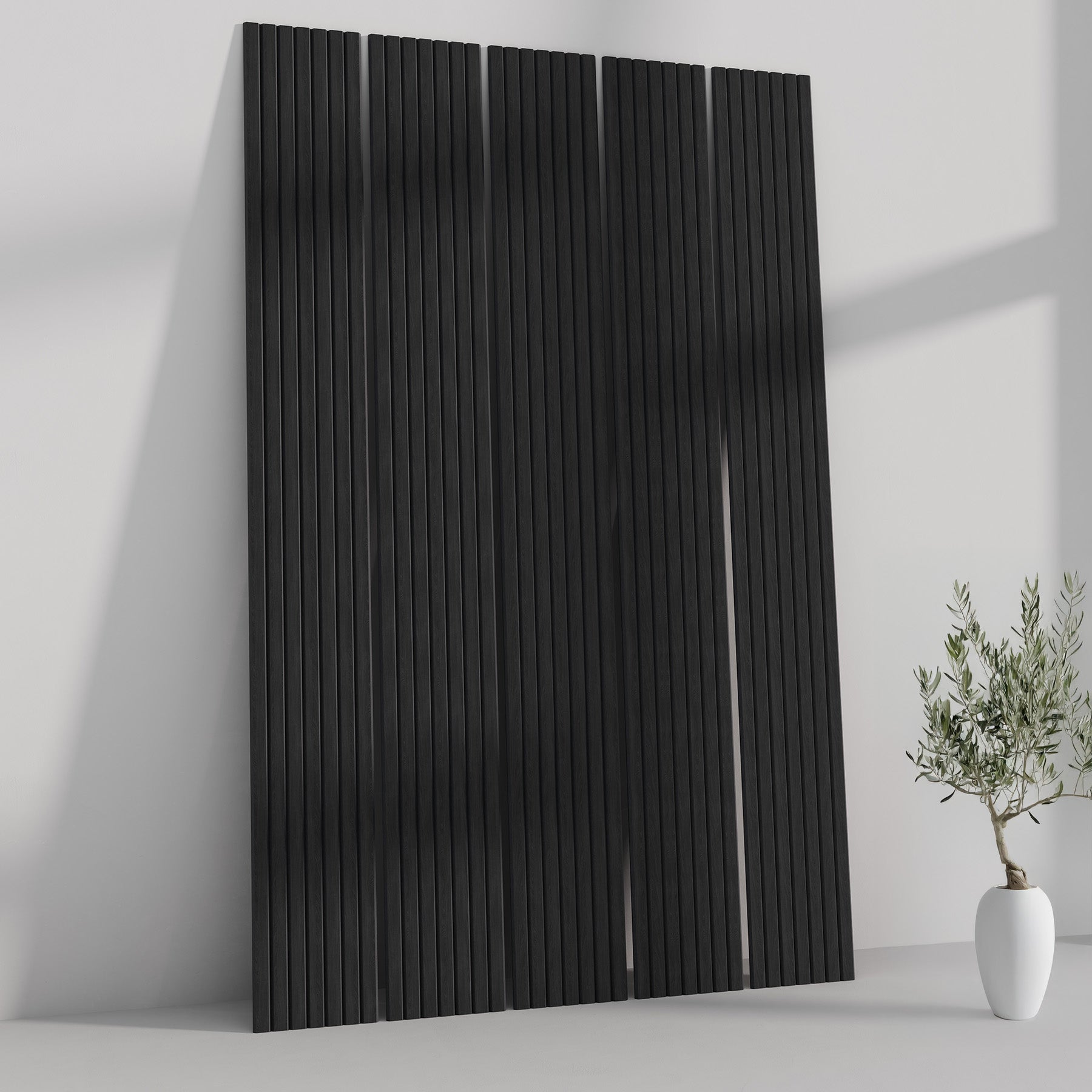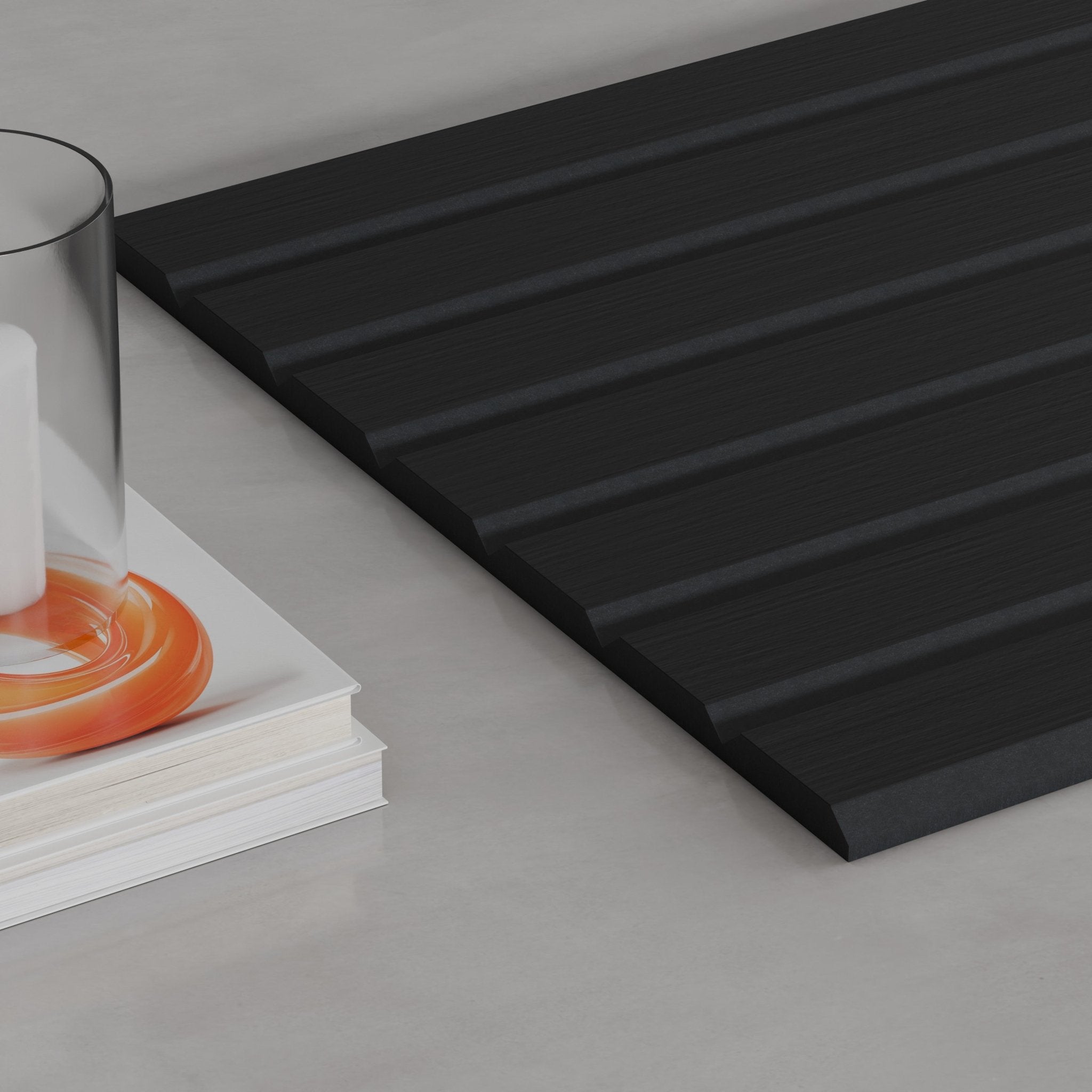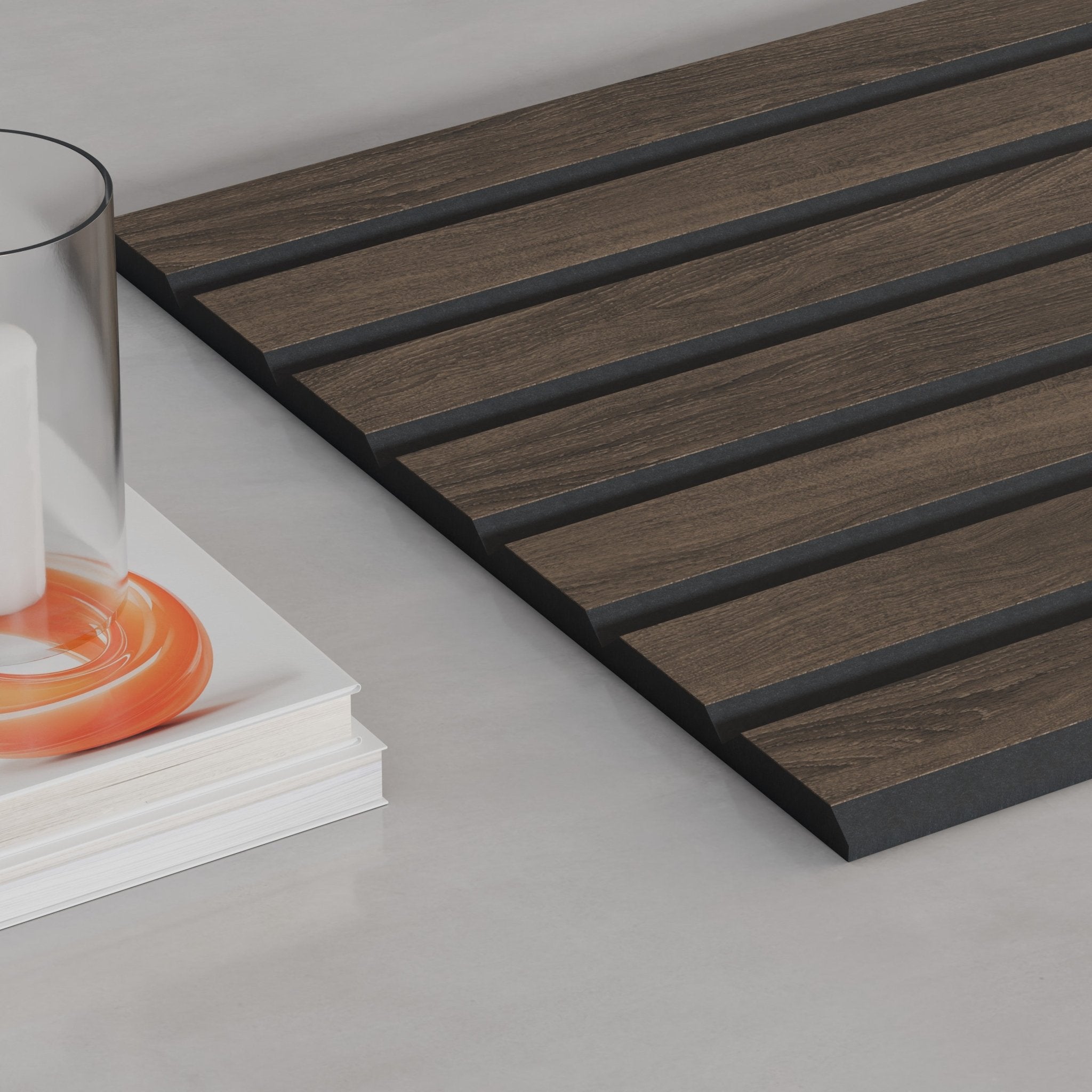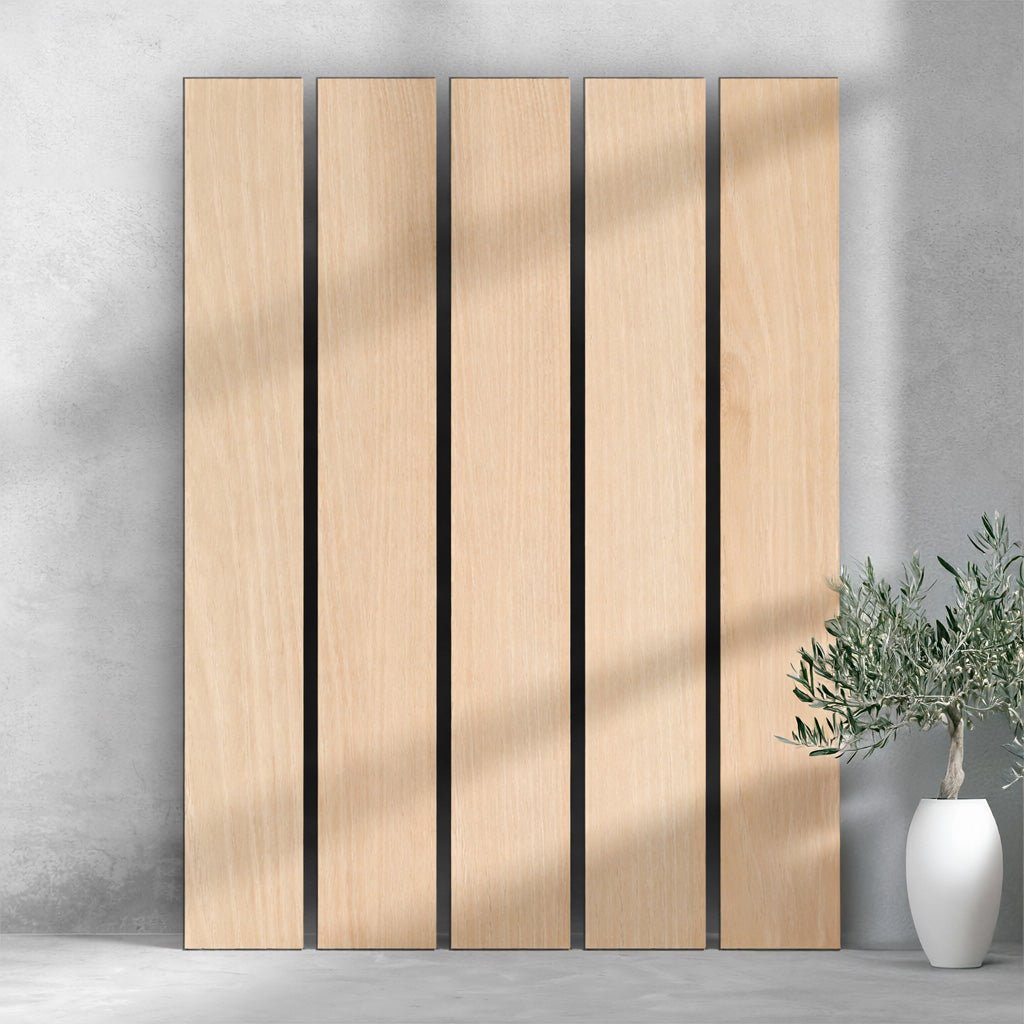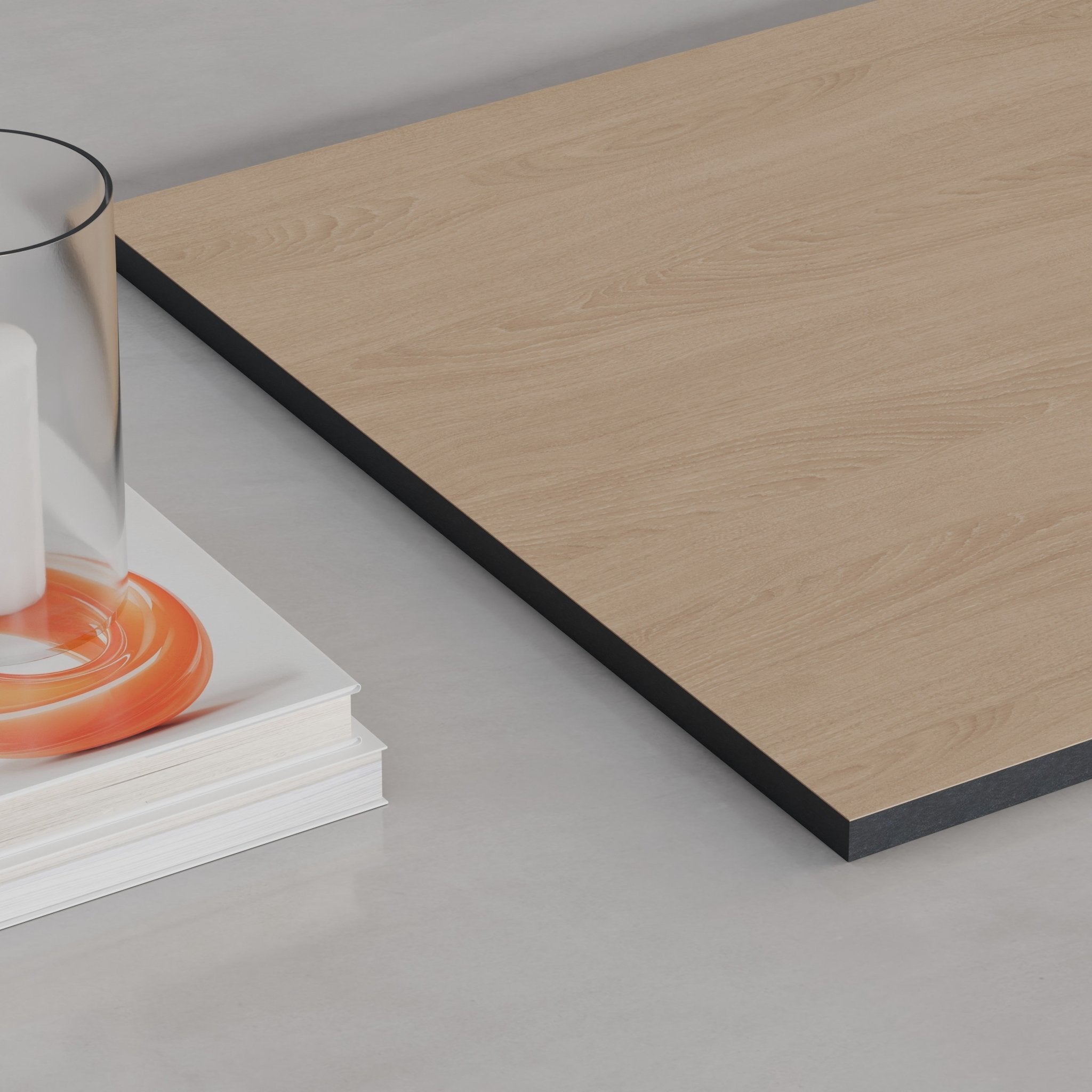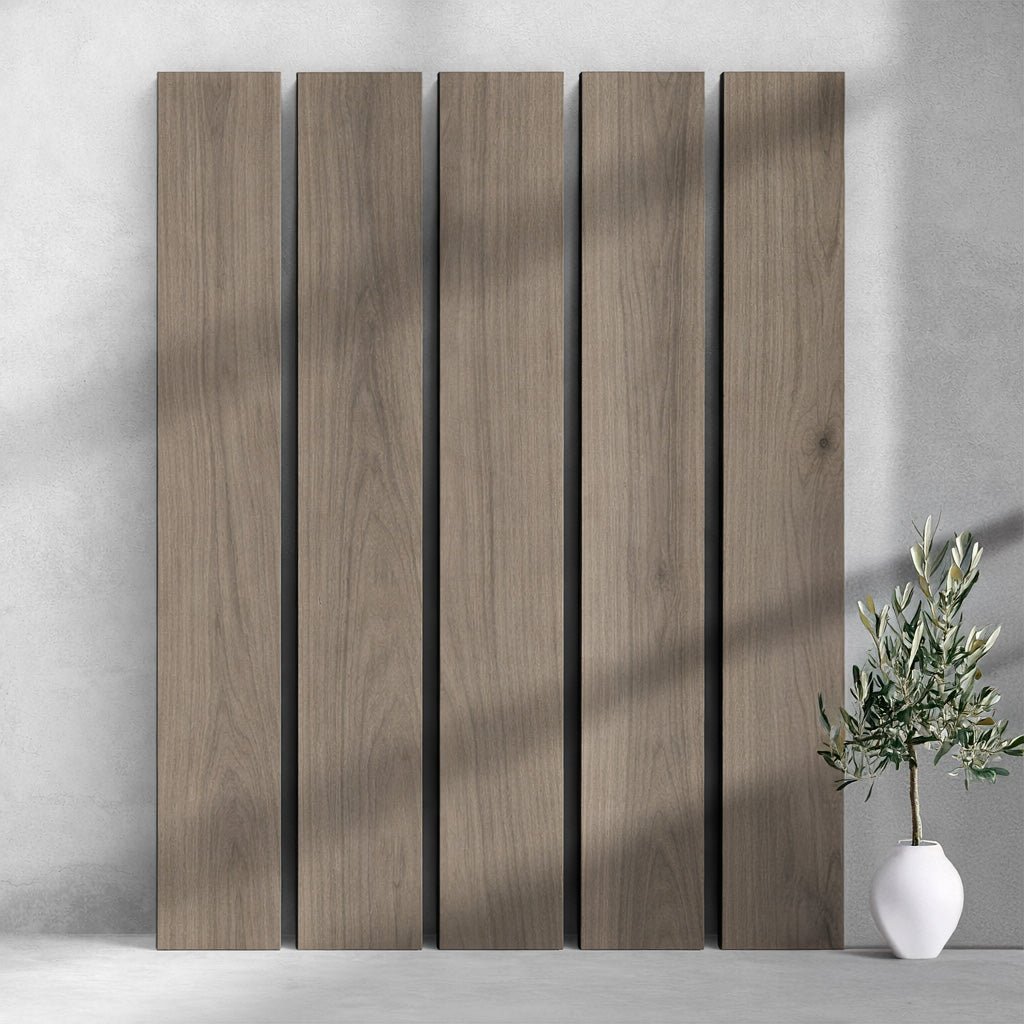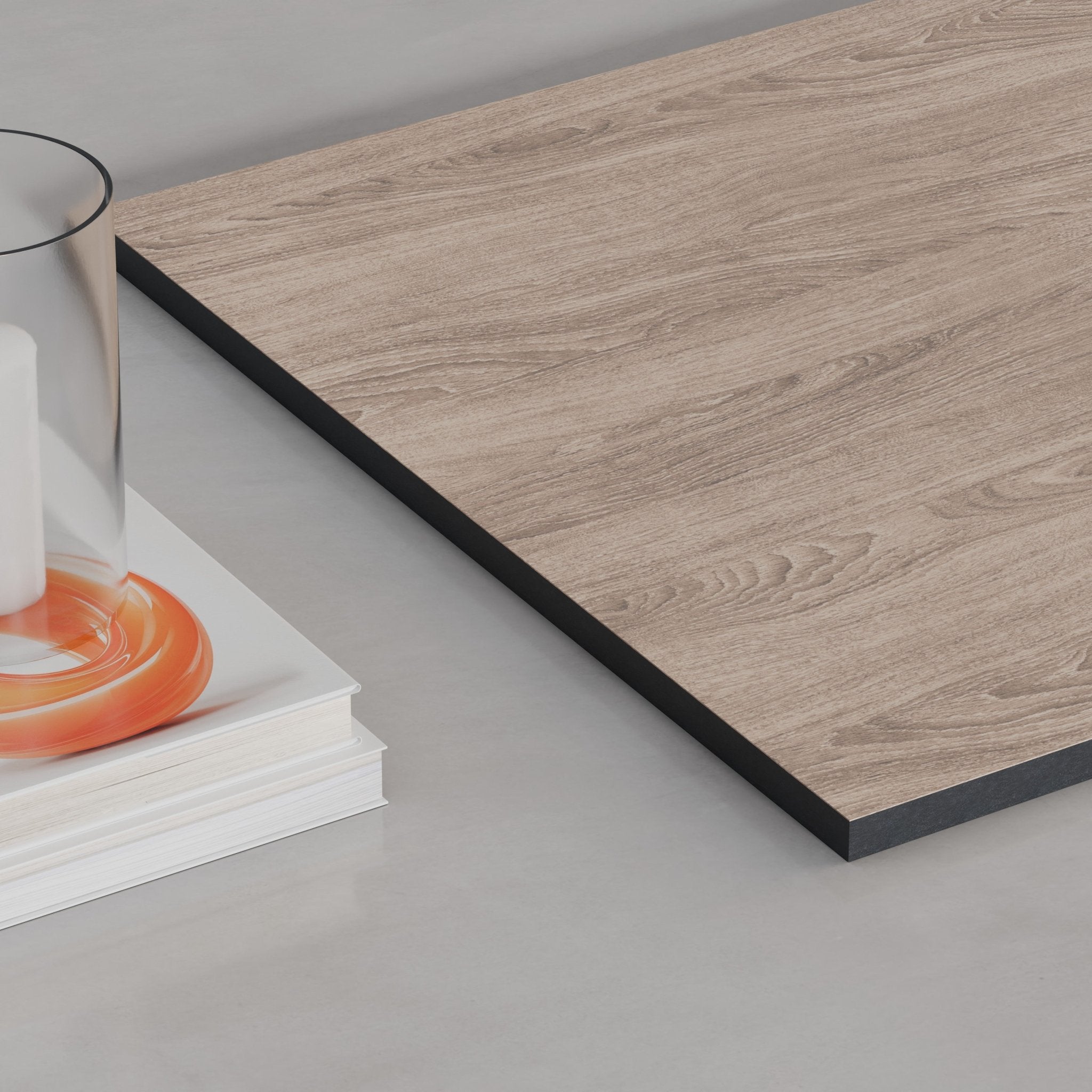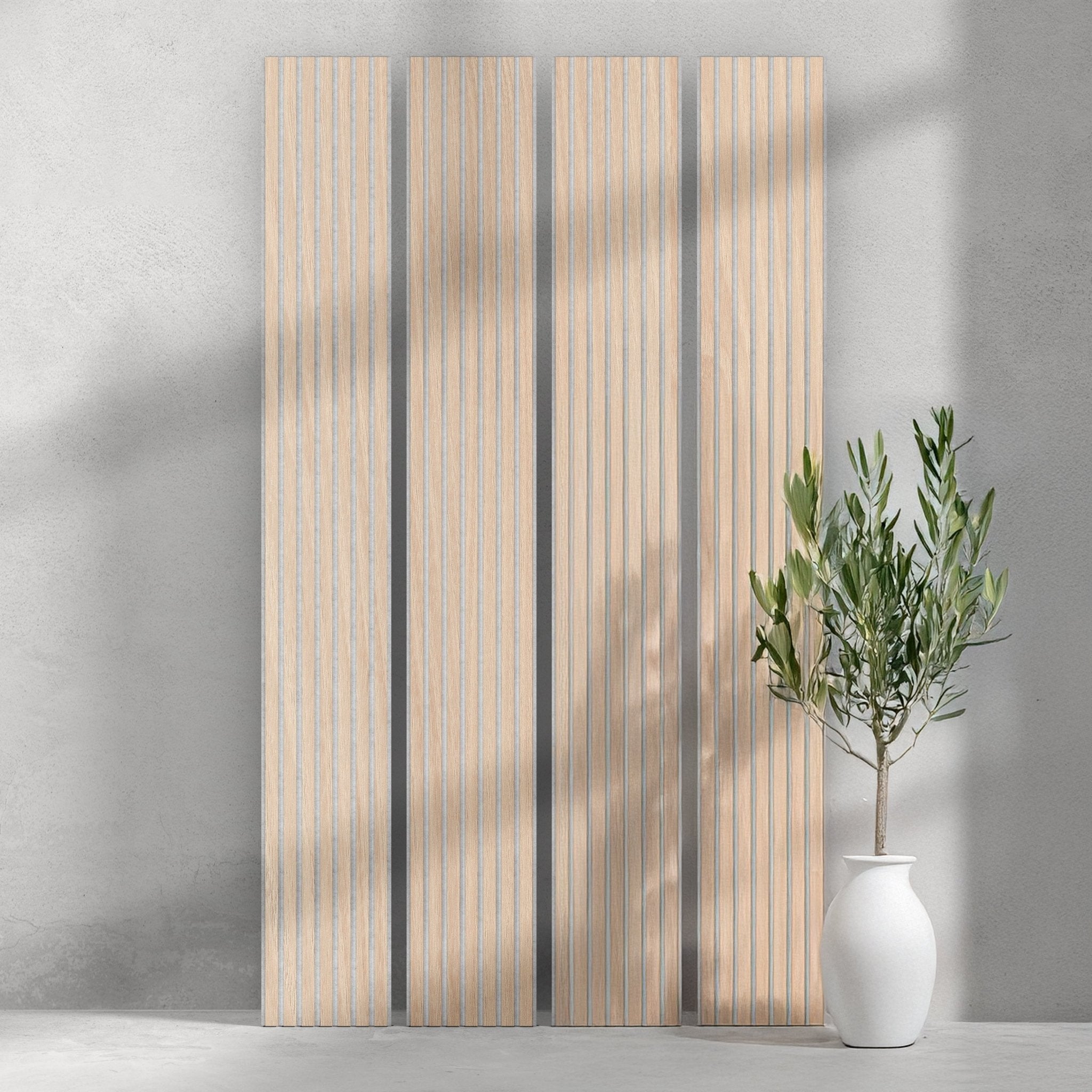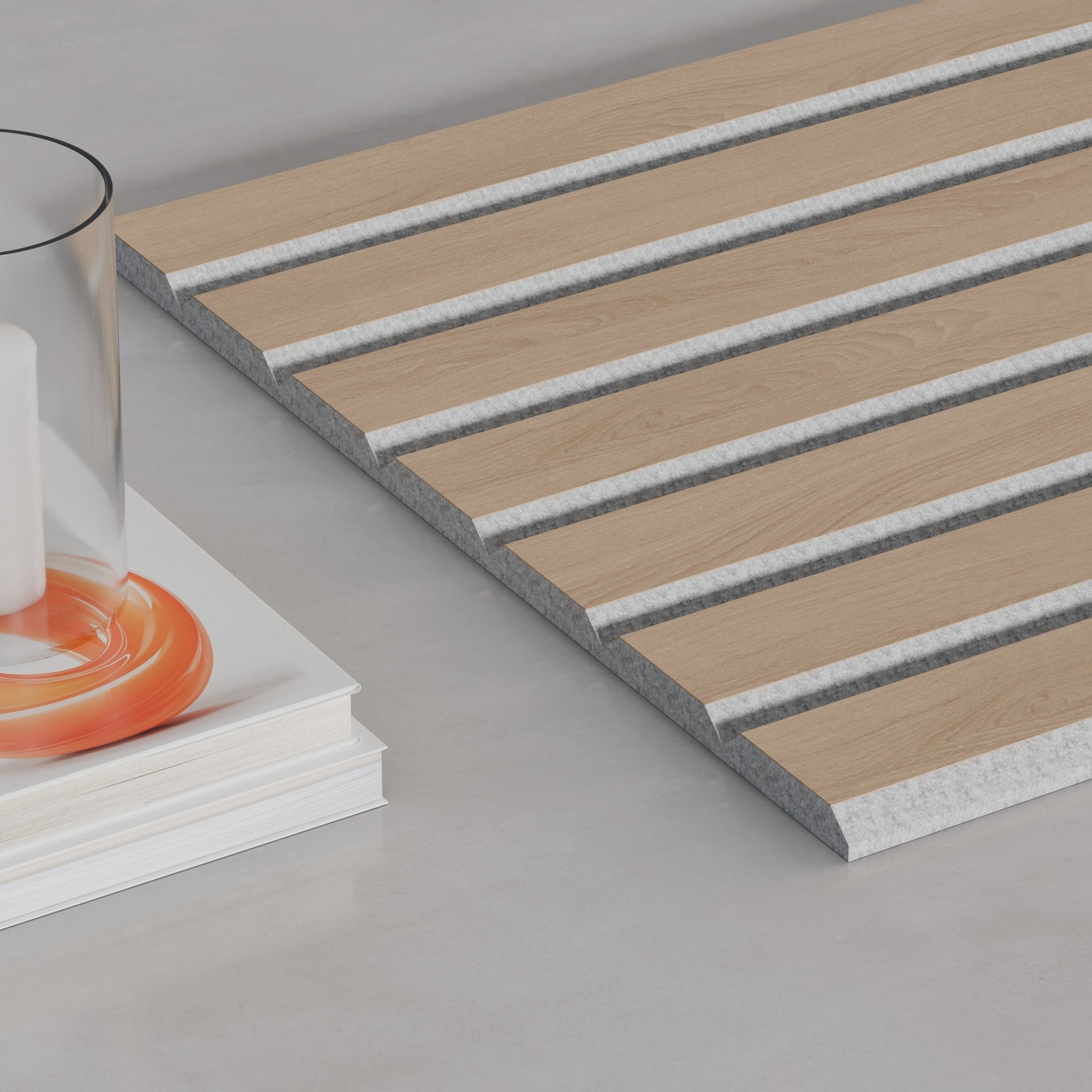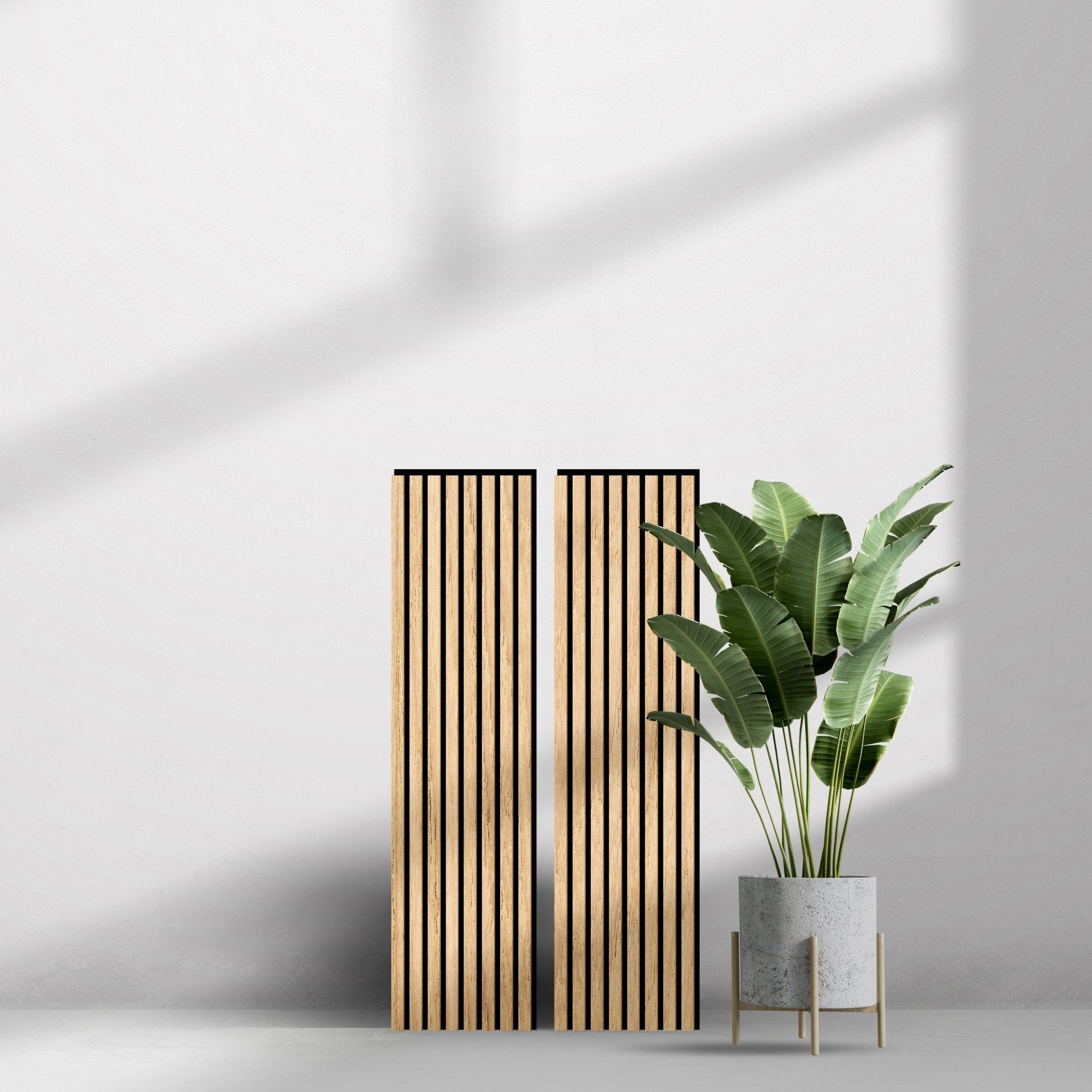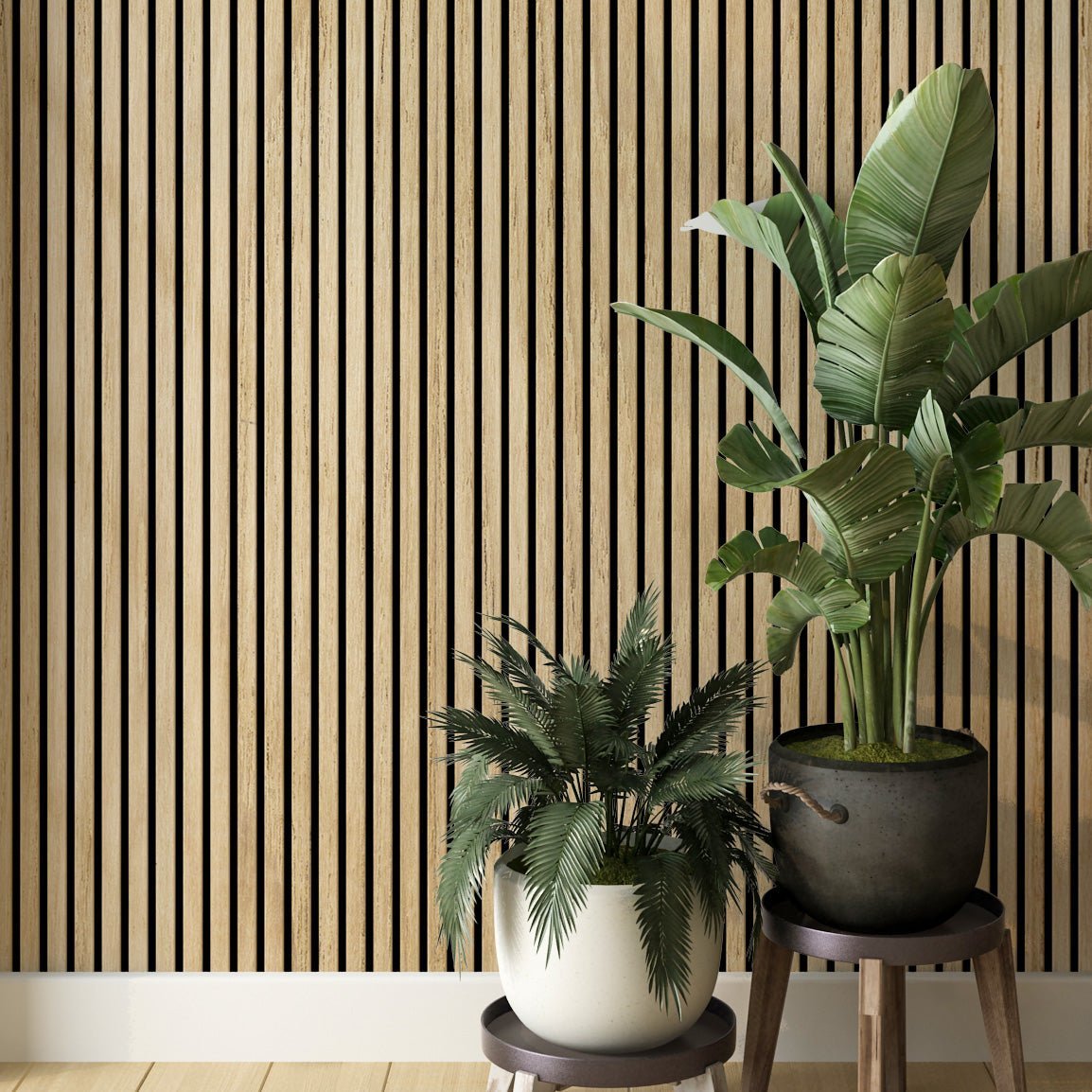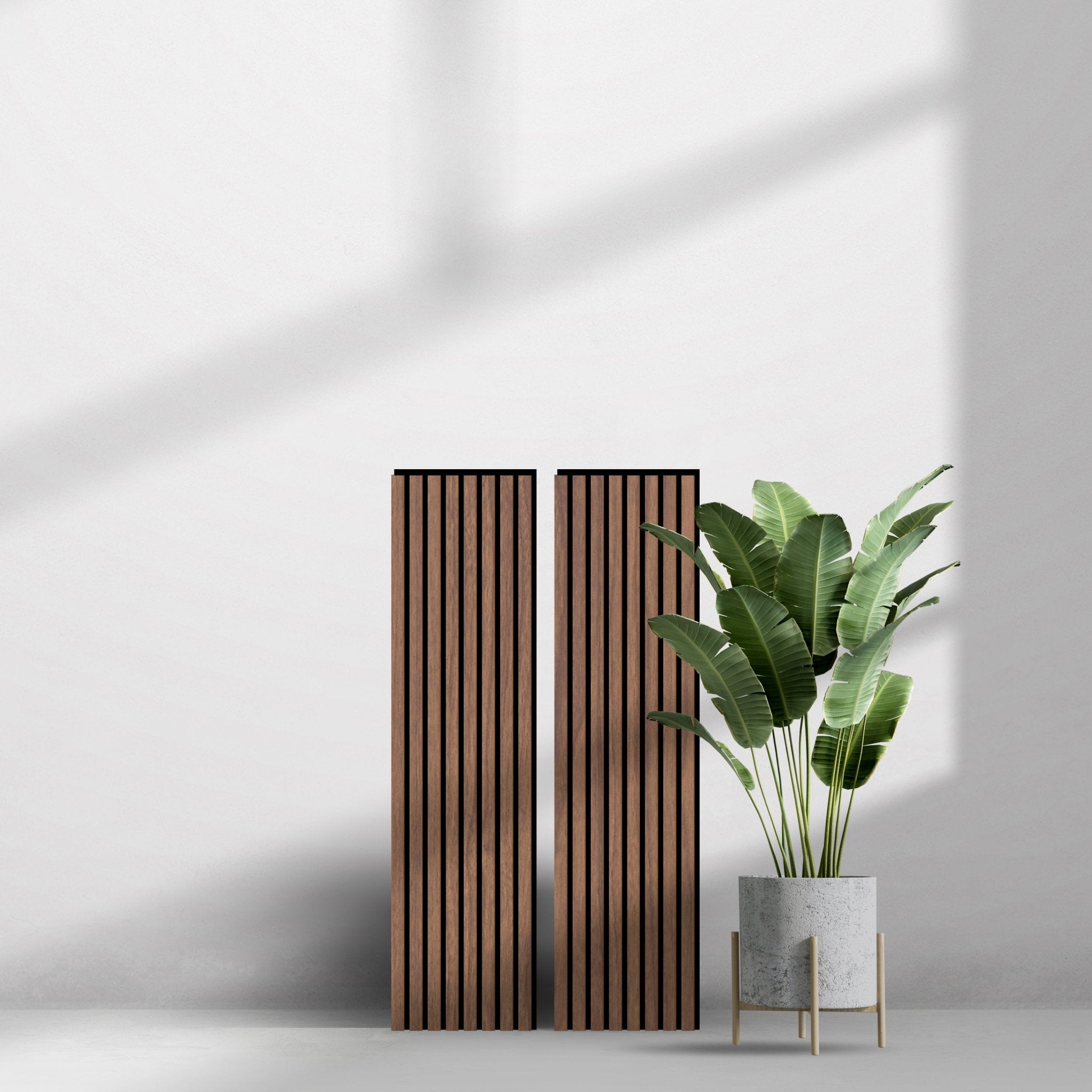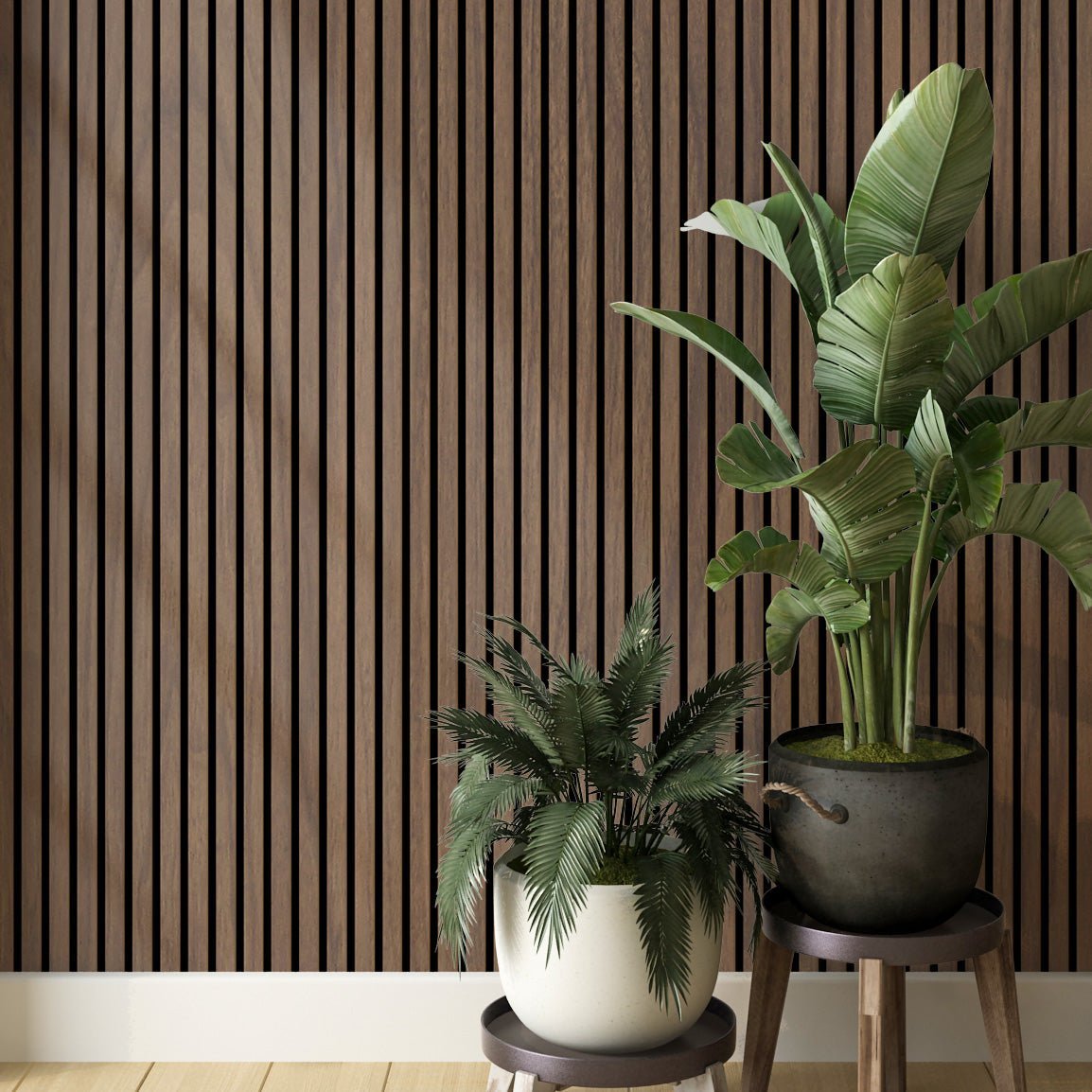Introduction
Acoustic design has long been a cornerstone of interior architecture, particularly in spaces where sound plays a pivotal role. Over the years, various materials and methods have been employed to achieve optimal acoustic performance. Wood slat acoustic panels are a relatively modern entrant in this category. This article seeks to compare these panels with traditional acoustic solutions, such as acoustic foam and fabric panels, to assess their effectiveness, aesthetics, and overall value.
Effectiveness in Sound Control
Wood Slat Acoustic Panels
Due to their material density and construction, wood slat panels are highly effective in absorbing and diffusing sound, reducing echoes and reverberation.
Traditional Solutions
Foam and fabric panels are mainly used for sound absorption but may not be as effective in sound diffusion, leading to a less balanced acoustic environment.
Aesthetic Appeal
Wood Slat Acoustic Panels
Wood panels offer a high degree of aesthetic flexibility. They come in various types of wood and finishes and can be arranged in multiple orientations, adding an element of modern design to spaces.
Traditional Solutions
Acoustic foam and fabric panels are often less aesthetically pleasing and may require additional design elements to enhance their visual appeal.
Installation
Wood Slat Acoustic Panels
Installing wood slat panels generally requires professional expertise and can be more labor-intensive, impacting installation costs.
Traditional Solutions
Foam and fabric panels are usually easier and quicker to install, making them a more accessible choice for DIY enthusiasts.
Durability
Wood Slat Acoustic Panels
Made from solid wood, these panels are generally more durable and long-lasting compared to foam or fabric.
Traditional Solutions
Foam and fabric panels may degrade over time, requiring replacement or maintenance more frequently.
Sustainability
Wood Slat Acoustic Panels
If sourced responsibly, wood panels can be a sustainable option, aligning with current green building standards.
Traditional Solutions
Sustainability varies for foam and fabric panels, depending on the materials used and their manufacturing processes.
Cost Implications
Wood Slat Acoustic Panels
These panels are generally more expensive, both in terms of material costs and installation.
Traditional Solutions
Foam and fabric panels are often more budget-friendly but may not offer the same long-term value as wood panels.
Conclusion
While wood slat acoustic panels and traditional solutions each have their pros and cons, the choice between them will largely depend on the specific needs of the project, including acoustic requirements, aesthetic goals, and budget constraints. Wood slat acoustic panels offer a compelling combination of effective sound control and aesthetic flexibility but come with a higher price tag and installation complexity. On the other hand, traditional solutions like foam and fabric panels provide a more accessible, albeit often less attractive, alternative.


